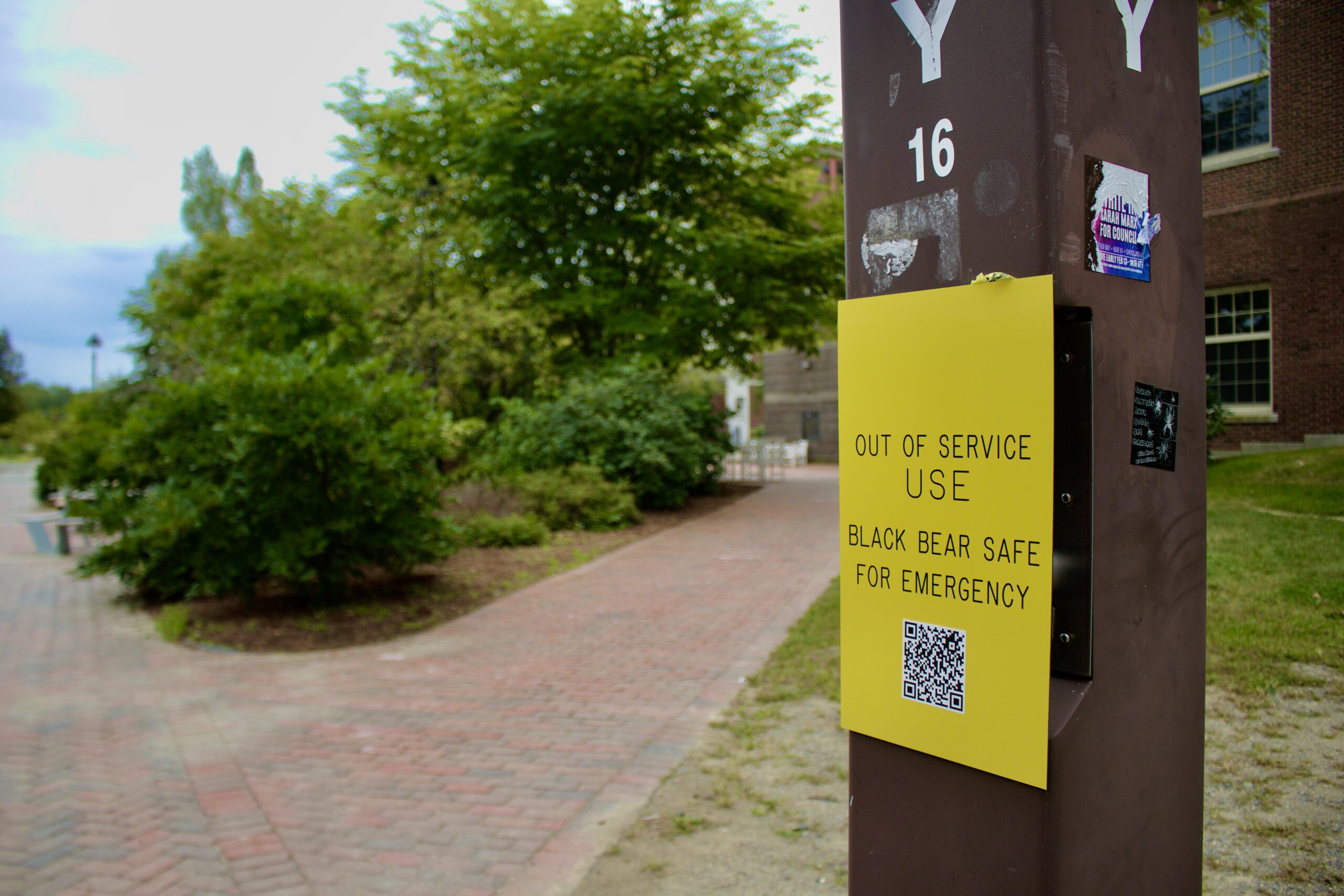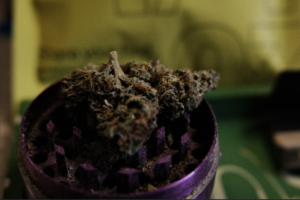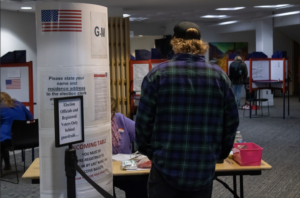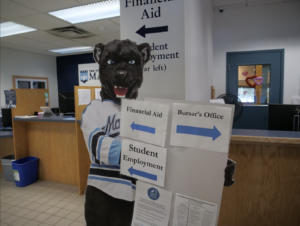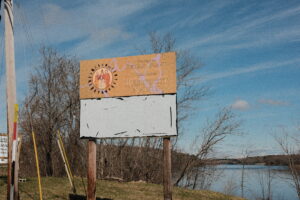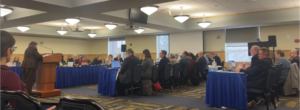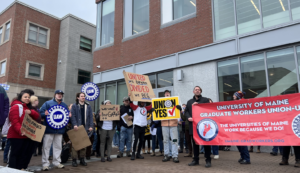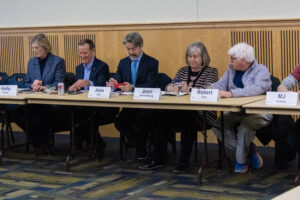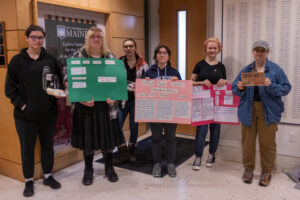If you set eyes upon a University of Maine emergency pole, shining blue beacons of safety and promise, you might not be met with means to contact an emergency service. You could instead find a QR code persuading you to download an app while you frantically search for a way to escape your dire situation.
For me, personally, this glowing blue pole — cutting through a below-freezing, cloudy February night — was the saving grace of my walk home when a man I did not know attempted to speak to me and chase me down when I walked away. I wasn’t far into the 12 minute trudge back to Penobscot Hall from my friend’s dorm in Cumberland when I turned and ran towards the first glimmer of hope: a UMaine emergency pole.
I held onto it like a lifeboat while I frantically called my friend and asked her to open the door to let me back in. I spoke with the on-duty RAs, who were close friends of mine, in a hasty, hushed conversation and they walked me back home. I don’t know what would’ve happened if I wasn’t safely walked back, or if my friend missed my call and hadn’t opened the door, or if I was met with a box of black and white squiggles I was meant to scan. I’m glad I don’t know.
The app, Black Bear Safe, seems like a wonderful idea on paper — you can share your walk with a UMPD officer, access mental health and support resources, submit crime tips and more. Even if it were better advertised and well-used, it cannot aid in all situations. Someone with a lost, stolen or dead phone still deserves to get home safely.
Memphis Peterson, a third-year political science student, is a current senator with UMaine Student Government and serves as the student body security representative, where he hears student concerns about safety and security and represents the opinion of the over 10,000 students of this campus.
“While I was made aware last semester that there would be a rollback of the blue lights, the current situation is strange,” Peterson stated. “On the whole north side of the campus, where most of the freshmen are, there are only two active stations.”
Peterson added that he’s received many ideas from students that, in addition to Black Bear Safe, could create a much stronger sense of security. “Outdoor lighting during dark hours is another common complaint, with some concerning generally dark areas on campus…I’ve heard my peers refer to them as ‘anti-drug’ or ‘anti-rape’ lights,” he said.
Our safety resources at this campus are strong. UMPD and UVAC both have generally good response times and case handling, according to Peterson. RAs and CAs are trained to receive Title 9 reports and help their residents with reporting crimes like harrassment, sexual assault and rape. The Counseling Center provides free therapy for students and has multiple mental health resources for the larger community.
Even the Black Bear Safe app itself is a phenomenal resource, with contacts for nearby police stations, emergency preparedness and a section for crime reporting. The issue comes when these services are underutilized due to being unknown by a majority of students. The first thing a new UMaine student should know is how to protect themselves in an emergency and the people that are on their side.
Students need and deserve a quick safety resource beyond their phone. Having a UMPD call button still active on parts of campus would help to fill in a good amount of the holes in campus security. Having better advertisement of the app in conjunction with other resources like the emergency poles would keep people safer.
UMaine may be a smaller and safer campus than many other schools, but there is still a true and unavoidable danger that comes with any community. Students deserve to be respected and have their safety prioritized.
Dean of Students Robert Dana was quoted in a recent email regarding cases of projectiles thrown at people on campus, saying, “No one should ever be subjected to any sort of harassment as they walk across campus…Working together, we can put an immediate end to this hurtful behavior and help assure our campus remains a safe and welcoming environment for all.”
The first step in making sure our campus is safe and welcoming is having a plethora of resources available, which we do. The second step is making sure students know when, why and how to use them.
